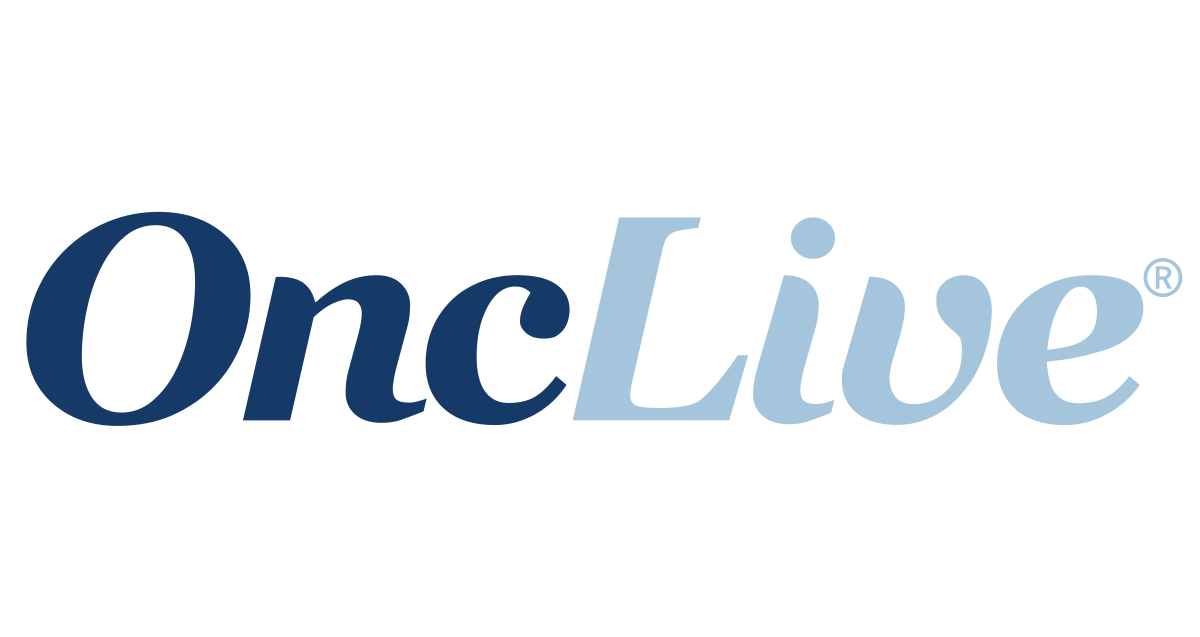Wouldn’t it be great if the content your brand invests so much time and resources in could earn attention from the media?
More people would see your content, and your brand would get a credibility boost from a third-party source. That’s the magic of combining content and PR. Whether you wear the public relations hat or work with the PR team, you can create alchemy for your content and brand.
To do that, follow these dos and don’ts of media outreach (adapted and updated from my talk at Content Marketing World 2023).
Do understand what content works best for earned media
Not all content you create will work well for the media. Among the content that won’t work:
- Sales-focused: Journalists and editorially focused media don’t want to become shills for your brand and products. Save sales content for other channels.
- Undifferentiated: Media outlets also don’t want to publish the same content as everybody else.
- Weak: If you don’t bring your content to life with data, statistics, or customer stories, don’t waste time pitching it to media outlets.
- AI-generated: If the editors wanted bot-created content, they could do it themselves.
What content works well? I find these categories play well with third-party publications:
- Thought leadership: Executive interviews offer great material. Every few months, I interview my client’s CEO and create a thought leadership piece for the company blog. I pitched one of those articles to the publication Food Industry Executive, and they published it. In fact, the article on industry trends became the outlet’s most-read story that month, garnering yet another piece of coverage. Then, an editor at Cheese Market News read it and asked to run it, too. We revised it for that publication and got more coverage based on something that otherwise would have gathered dust on the company blog.
- Customer stories: Use your customers (once you have the necessary permissions from their organization.) Work with your sales team to identify prospects, then negotiate with the customer. Remind them that the publicity helps them, too, and look into what you could offer to encourage or thank them (a discount, for example).
- Original data and research: Reporters and editors love original data. In Cision’s 2024 State of the Media report (registration required), 61% of journalists say they want to receive original research (trends, market data, etc.) from media relations professionals. That’s second only to press releases. I’ve had great success with original data.
For example, a client tested how long a hard drive lasts and published the results on the company website. We pitched it to tech publications, and 12 outlets, including Network World, Ars Technica, and Tom’s Hardware, picked it up.

- Trend pieces: If you don’t have your own data, you can use publicly available data. I’ve seen companies successfully build a trend-story pitch around public data related to what the brand does and what the media outlet is interested in.
Do focus on the publications your audience reads
Instead of pitching a hundred journalists or publications, do a little research to determine where your audience spends time. Your list won’t be hundreds; it’ll probably be more like 10 or 20.
The C-suite often thinks everyone reads The Wall Street Journal. They believe a mention there will change everything for the company. However, trade publications may be far more relevant to your audience, and those publications are more likely to publish your content as their staffs shrink. If you send them a well-written (i.e., not salesy) success story along with high-resolution photos (and a video if you have it), they’ll probably be happy to consider publishing it.
Don’t include overused words, jargon, or acronyms
Continuing the non-salesy content strategy, avoid these words:
- Urgent
- Industry-leading
- Breaking news
- Groundbreaking
- Innovative
Watch out for jargon and acronyms, too. Because you’re immersed in a topic every day, you may think everybody knows what you’re talking about. A lot of people won’t. As a rule of thumb, spell out acronyms on the first reference.
Don’t ignore publication guidelines
Most media websites publish guidelines for contributed content. Some don’t accept it, and some have strict guidelines. Craft pitches that show you’ve reviewed them. That will help you stand out because many people don’t bother to read them.
Sometimes, the publication will want to interview the people quoted in the content themselves. If that would be uncomfortable for customers or the sales teams or executives might hesitate to give reporters access to them, pick a different media outlet.
Do consider the publication’s audience
For example, a journalist told me she often receives pitches from companies based in cities like Denver. But she writes for a business journal in Columbus, Ohio. It seems like common sense, but you’d be surprised how many people don’t think before they pitch.
A journalist told me that she often receives pitches for stories companies in Denver. But she writes for a business journal in Columbus, Ohio. It seems like common sense, but you’d be surprised how many people don’t think before they pitch. In a recent Muck Rack study (registration required), nearly three-quarters of the surveyed journalists say the top reason for rejecting a pitch is irrelevance to their coverage area. Other contenders include lack of personalization (6%), bad timing (5%), too long (2%), confusing subject line (1%), and other (7%).

You’d think this is common sense. The bar is low.
Don’t overlook relationship-building
Make your media outreach work more than a one-off transaction. If you build good relationships with reporters and editors, they may come to you when they’re writing about your industry. Treat them well, prioritize their needs, and respect their time.
Here’s a relationship tip. If your brand is exhibiting at a trade show or sponsoring an event, you can often get the pre-registered media list in advance. A few weeks before the event, send reporters you’re interested in meeting a brief email to schedule an interview with your spokesperson. If they don’t want to schedule a time to meet, you can always invite them to stop by your booth at their convenience. These meetings help develop a relationship with a reporter so they’re more likely to remember the CEO or executive when they need a source. Sometimes, they’ll write stories right after the show, and they might call on them for quotes.
Remember, journalists don’t owe you anything. They can move on to the next source if you don’t meet their deadlines or ignore their questions. Be sure to list a media contact on your site that checks incoming messages. You don’t want to miss reporter queries. For example, I know of a company that missed an opportunity with Wired magazine because no one checked the email where the reporter sent the inquiry.
Social media helps a lot in connecting with reporters. Journalists update their digital profiles more often than a media database company does. They also post what they’re working on and what sources they’re looking for.
Journalists still use X more than other platforms, according to the Muck Rack research, but I’ve seen more and more using LinkedIn lately.
Thirty-six percent of journalists say they use X, 22% are on Facebook, 17% on LinkedIn, and 12% on Instagram. Few are on YouTube (4%), Reddit (2%), and TikTok (1%). Only 2% say they’re not on social media.

Do try these tips
Consider these nuts-and-bolts pitching tips:
- Pitch in the morning when most reporters prefer to receive story ideas.
- Avoid Mondays when everybody’s inbox is full.
- Avoid Fridays before and Tuesdays after a three-day weekend.
- Use email, as that’s what most reporters prefer.
- Send one follow-up email about a week after the original pitch.
Don’t forget to make the most of the media you earn
If your content gets picked up or mentioned in a publication, share it on social media. Put it in your newsletter and post it on your site. Share it with your prospects, investors, partners, and internal teams.
You want everyone to know how you turned your owned media (content) into earned media through a PR approach. You didn’t have to create anything new — you used content that had already been created. And that’s a win for everyone when content and PR teams work together.
HANDPICKED RELATED CONTENT:
Cover image by Joseph Kalinowski/Content Marketing Institute














+ There are no comments
Add yours